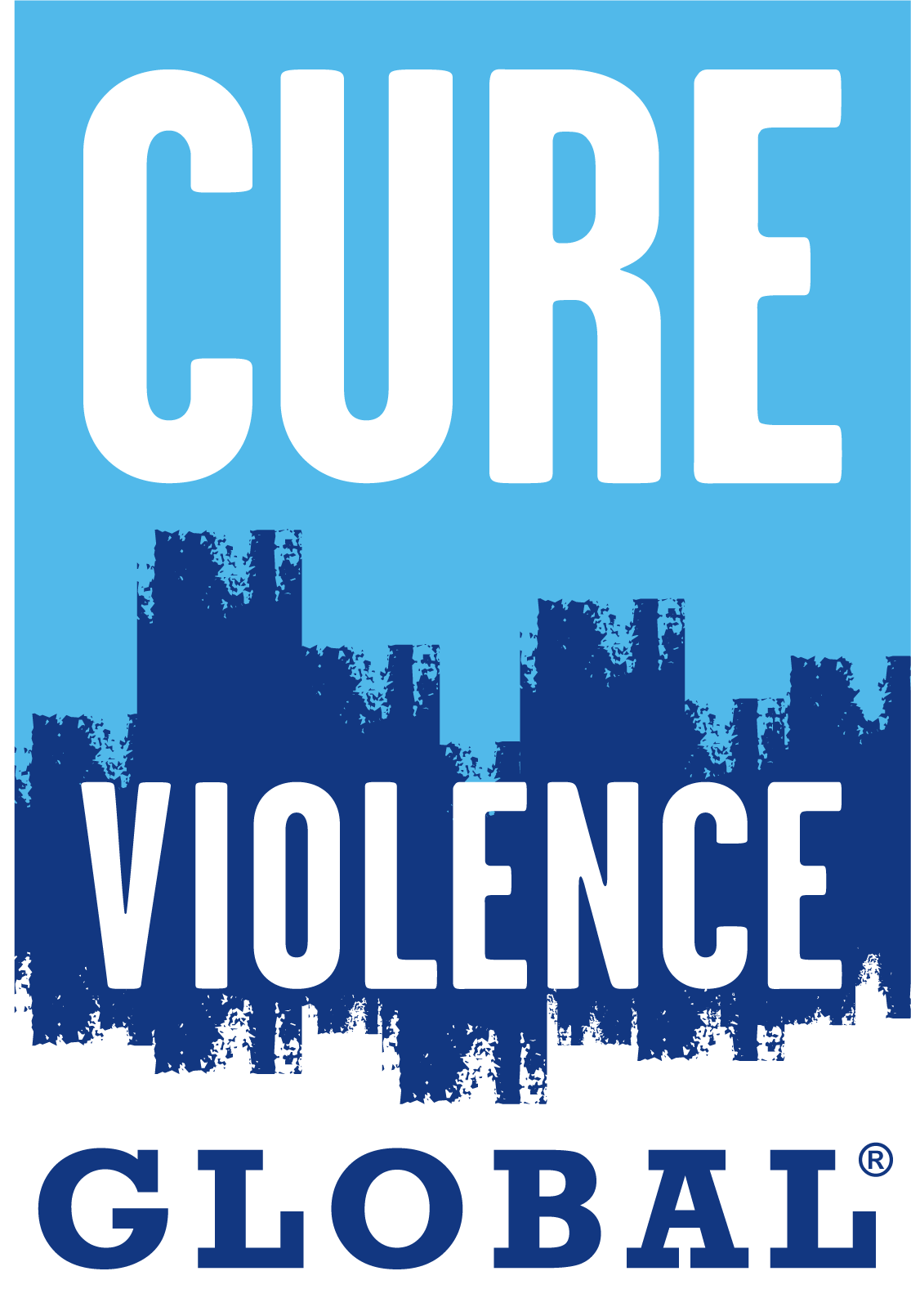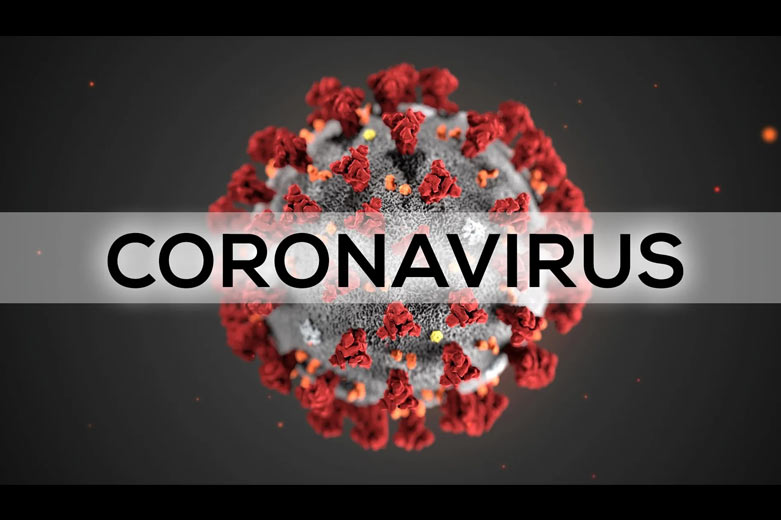Like you, all of us in the Cure Violence family are wrestling with challenges, experiences, feelings and reactions that we may have never encountered before. Stressful disruptions, like the current one we all are living through, test us and sometimes uncover fragility in our communities and in our own lives. But managing fragility and preventing its eruption into violence is at the heart of what we do.
The work of Cure Violence is continuing, and in fact is more urgent at this moment.
In the United States, with most schools closed, people home from work and everyone with a heightened level of stress and fear, the conditions that foster urban violence are potentially worsening. Our Violence Interrupters and Caseworkers, who have understandable concerns about their own health and family situations, are continuing to monitor situations and as safely as possible be there to interrupt eruptions and transmission of violence.
As an organization founded by one of the world’s top epidemiologists, are extremely mindful of not contributing to community spread, but at the same seeking to keep the effort moving forward.
Gary Slutkin is known for founding and leading Cure Violence Global, an epidemic control approach to violence prevention. Before Cure Violence, Dr. Slutkin led efforts to combat epidemics of tuberculosis, cholera and AIDS, worked in over 25 countries in east and central Africa, Latin America and Asia, consulted on SARS and Ebola, was the Director of Intervention for the World Health Organization. Dr. Slutkin is currently tracking and advising governments on COVID19.
Preventing the spread
- Wash your hands often with soap and water for at least 20 seconds, especially after going to the bathroom; before eating; and after blowing your nose, coughing, or sneezing.
- If soap and water are not readily available, use an alcohol-based hand sanitizer with at least 60% alcohol.
- Avoid close contact with people who may be sick, including crowds and crowded places.
- Avoid touching your face (eyes, nose, and mouth). If you must, you should use a Kleenex or paper towel which you should then throw out.
- Stay home when you are sick.
- Cover your cough or sneeze with a tissue, then throw the tissue in the trash.
- Clean and disinfect frequently touched objects and surfaces using a regular disinfectant household cleaning spray or wipe.
- Follow CDC’s recommendations for using a facemask.
- CDC does not recommend that people who are well wear a facemask to protect themselves from respiratory diseases, including COVID-19.
- Facemasks should be used by people who show symptoms of COVID-19 to help prevent the spread of the disease to others.
- The use of facemasks is also crucial for health workers and people who are taking care of someone in close settings (at home or in a health care facility).
How easily does COVID-19 spread?
COVID-19 seems to be spreading easily and sustainably in the community (“community spread”) in some affected geographic areas. Community spread means people have been infected with the virus in an area, including some who are not sure how or where they became infected. It also means you may not know who is infectious from whether they have a cough or know they have been exposed.
How does COVID-19 spread?
1. Person-to-person: The virus is thought to spread mainly from person-to-person.
• Between people in close contact with one another (within about 6 feet).
• Through respiratory droplets produced when an infected person coughs or sneezes. (These droplets can land in the mouths or noses of people who are nearby or possibly be inhaled into the lungs.)
2. From contact with infected surfaces or objects.
• A person may also contract it by touching a surface or object that has the virus on it and then touching their own mouth, nose, or possibly their eyes.
3. Can someone spread the virus without being sick?
• People are thought to be most contagious when they are most symptomatic (the sickest).
• However, some spread can occur before people show symptoms; there have been reports of this occurring with COVID-19 (which appears to be different or more than from other respiratory viruses such as influenza.
Symptoms and Exposure
Reported illnesses have ranged from mild symptoms to severe illness and death for confirmed coronavirus disease 2019 (COVID-19) cases. The elderly and those with underlying health conditions are at greatest risk for severe symptoms.
Symptoms may appear 2-14 days after exposure*
- Fever
- Cough
- Shortness of breath
*Call your healthcare professional if you develop symptoms, and have been in close contact with a person known to have COVID-19 or if you have recently traveled from an area with widespread or ongoing community spread of COVID-19.
Treatment
There is no specific antiviral treatment recommended for COVID-19. People with COVID-19 should receive supportive care to help relieve symptoms. For severe cases, treatment should include care to support vital organ functions.
Background
Coronaviruses are a large family of respiratory viruses that cause diseases ranging from the common cold to the more severe diseases such as Severe Acute Respiratory Syndrome (SARS). Although the current outbreak of COVID-19 is still being investigated, the virus appears to be highly infectious and is passed from human-to-human, primarily by droplet spread just like other respiratory viruses. As you can see below, droplet spread means not only from a cough or sneeze but from hand-to-hand (since people commonly touch their face without being aware) and from hand-to-surface-to-hand (which means touching common surfaces like door knobs and other touch points are also a risk, and require frequent hand washing). Many cases may be mild, but a significant percentage progress to a serious illness and pneumonia requiring hospitalization, and intensive care. Older people are at very great risk and many of us could inadvertently spread the virus to older people for example in our own families with serious consequences. Therefore important changes in our everyday behavior are needed now. For the latest situation update on the outbreak, see https://www.who.int/emergencies/diseases/novel-coronavirus-2019/situation-reports/
https://blogs.timesofisrael.com/heres-why-jewish-institutions-should-cancel-everything/


